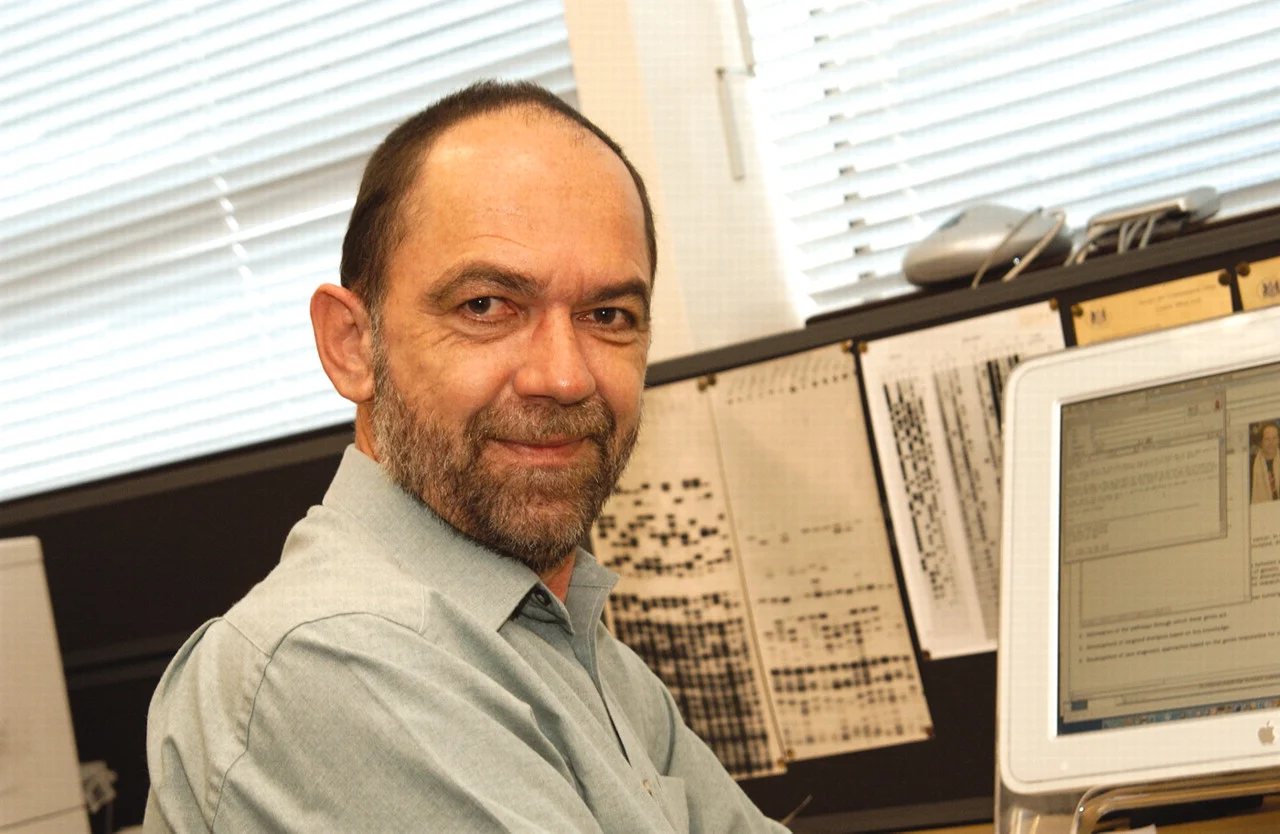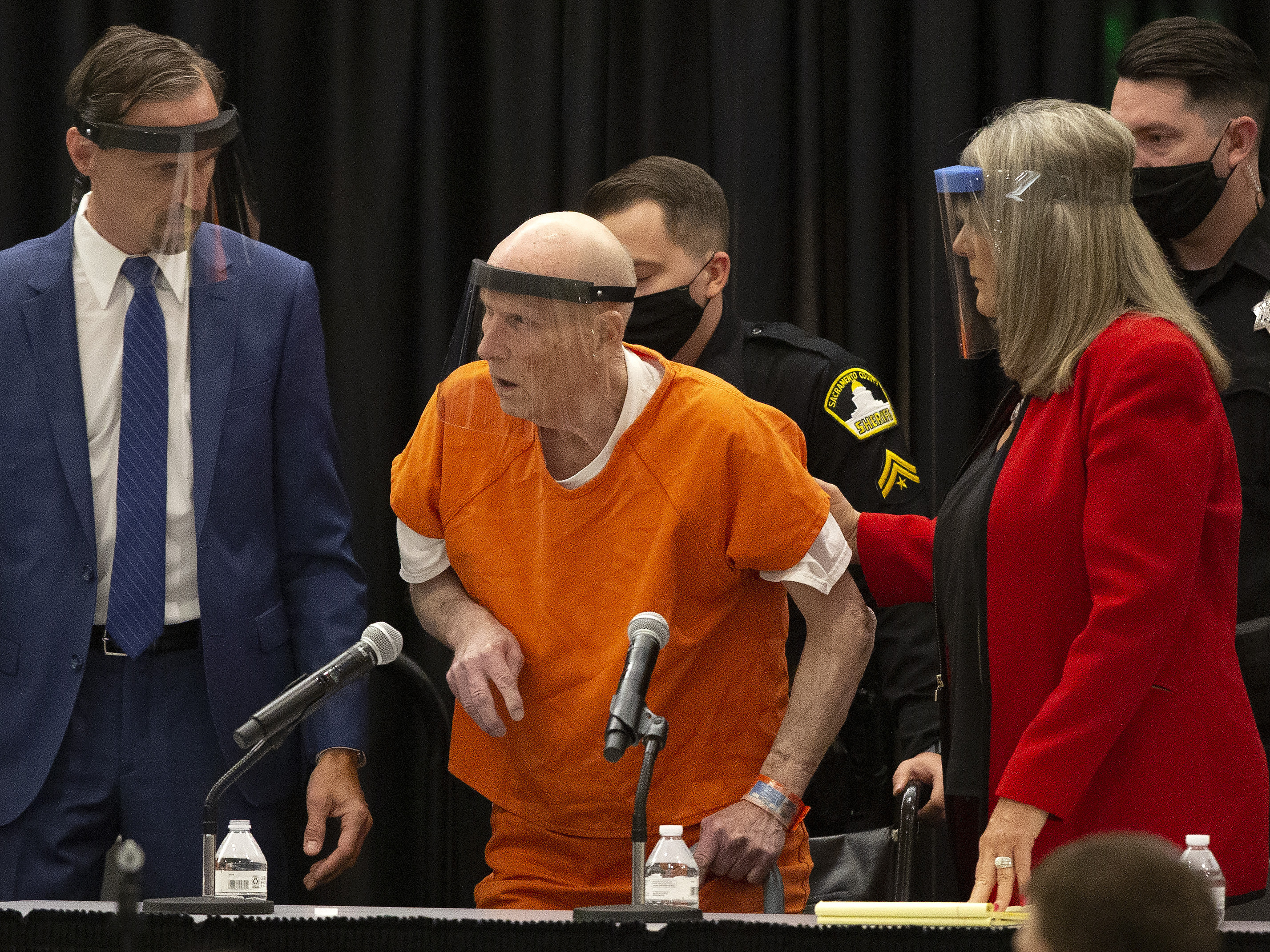1986: First use of DNA fingerprinting
DNA fingerprinting was first used by Dr. Alec J. Jeffreys, of University of Leicester, in the case of the Dawn Ashworth, who was raped and murdered at the age of 15. Jeffreys and his team discovered that differences in minisatellites or short-tandem repeats (STRs) in the genome could be used to distinguish one person from another. The police already had one suspect who confessed to the crime, Richard Buckland; however, tests proved that the suspect had not committed the crime. In an attempt to find the real culprit, the police undertook a genetic dragnet; obtaining blood and saliva samples from over 4,000 men in the Leicestershire area between the ages of 17 years and 34 years. When Colin Pitchfork’s DNA was profiled, it matched the crime scene samples. Pitchfork was arrested on the 19th September 1987 and sentenced to life in prison the following January.

Dr. Alec J. Jeffreys

Tommie Lee Andrews
1987: First conviction
Florida rapist Tommie Lee Andrews was the first person in the United States to be convicted as a result of DNA evidence, for raping a woman during a burglary; he was convicted on November 6, 1987, and sentenced to 22 years in prison.
1992: First Exoneration
In the case of Glen Dale Woodall versus the State of West Virginia, Woodall was convicted of crimes related to two victims, who were abducted in two separate incidents. The perpetrator repeatedly raped both victims and robbed them. Both victims caught glimpses of their attacker, who wore a ski mask and forced them to close their eyes. After PCR testing, Woodall was the first person to be exonerated after being convicted due to testimony by Fred Zain, who went on to be investigated for falsifying credentials and laboratory results.

Glen Dale Woodall

Timothy Wilson Spencer
1994: Murder trial of Timothy W. Spencer
Tim Spencer, aka "the Southside Slayer" was a 35-year old resident of Richmond, Virginia who viciously raped and strangled 7 people, 6 women and 1 man. Each of the crimes were somewhat different, leading Richmond police to suspect copycat killers. In 1985, they convicted a man for one of the murders, who was later exonerated from DNA evidence. This was the first case in Virginia legal history to use DNA “fingerprinting” and it both convicted Spencer and exonerated the person wrongfully convicted. Spencer received the death penalty.
2003: First familial DNA profile case
Lynette White was mureded in 1988 at the age of 15. The police charged five black and mixed-race men with White's murder, although none of the scientific evidence discovered at the crime scene could be linked to them. Three of the men were found guilty and sentenced to life imprisonment. In January 2002, new DNA technology enabled forensic scientists to obtain a reliable crime scene DNA profile. The extracted profile led police to the real killer, Jeffrey Gafoor, who confessed to White's murder and was sentenced to life imprisonment.

Perpretrator Jeffrey Gafoor and Victim Lynette White

Joseph James DeAngelo
2018: Golden State Killer
In 2018 Joseph James DeAngelo was arrested as the main suspect for the Golden State Killer and was responsible for 13 murders, 50 rapes, and 120. To find the killer, FBI ivestigators uploaded a DNA profile from a rape kit to the personal genomics website GEDmatch.The website identified ten to twenty people who had the same great-great-great grandparents as the Golden State Killer; a team of five investigators working with genealogist Barbara Rae-Venter used this list to construct a large family tree using publi records and documents. From this tree, they established two suspects; one was ruled out by a relative's DNA test, leaving DeAngelo as the main suspect.
Sources
1. https://www.ncbi.nlm.nih.gov/pmc/articles/PMC3561883/
2. https://innocenceproject.org/cases/glen-woodall/
3. https://murderpedia.org/male.S/s1/spencer-timothy-wilson.htm
4. https://www.bbc.com/news/uk-wales-58490038
5. https://www.latimes.com/california/story/2020-12-08/man-in-the-window